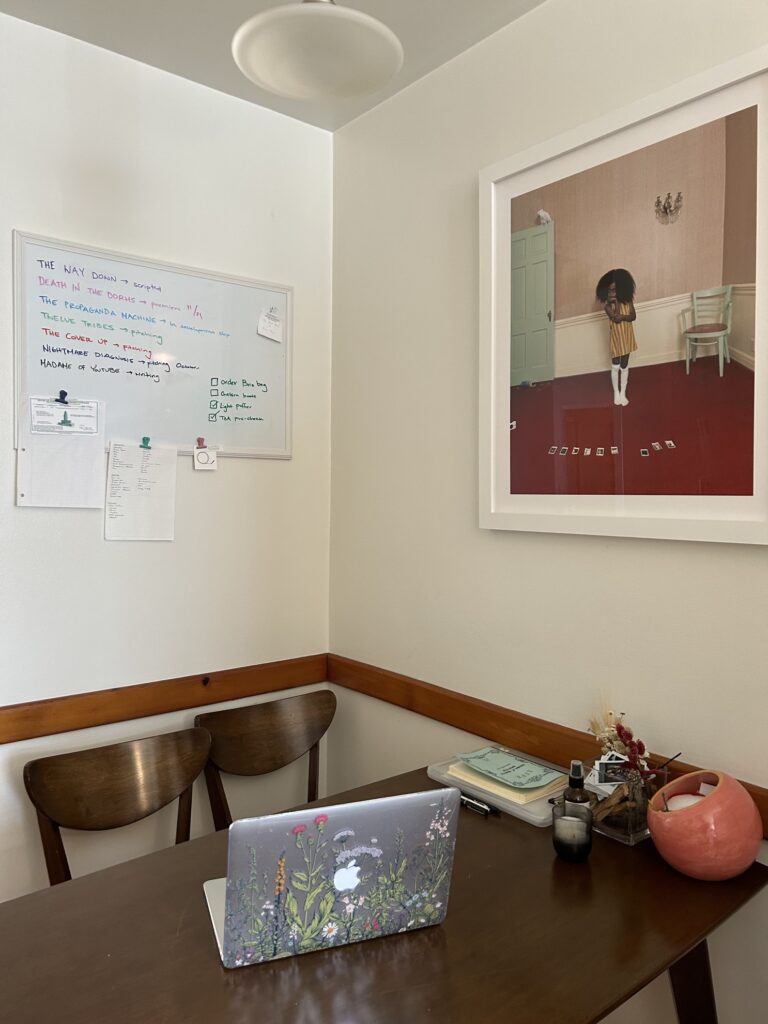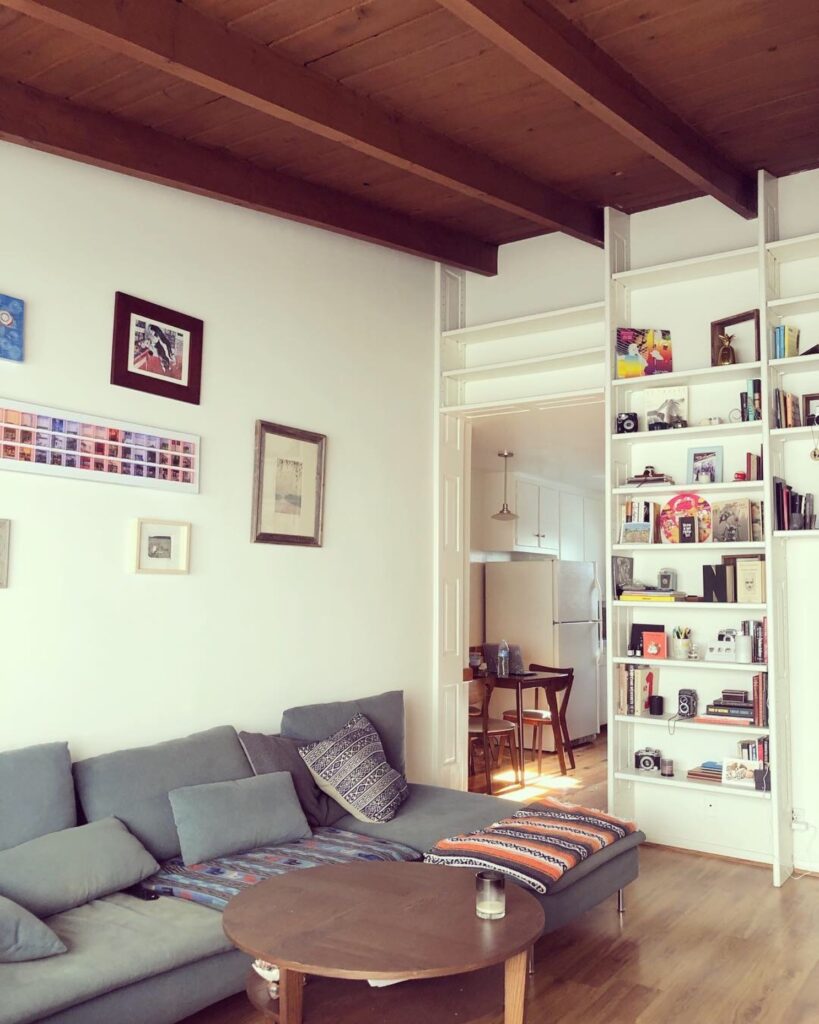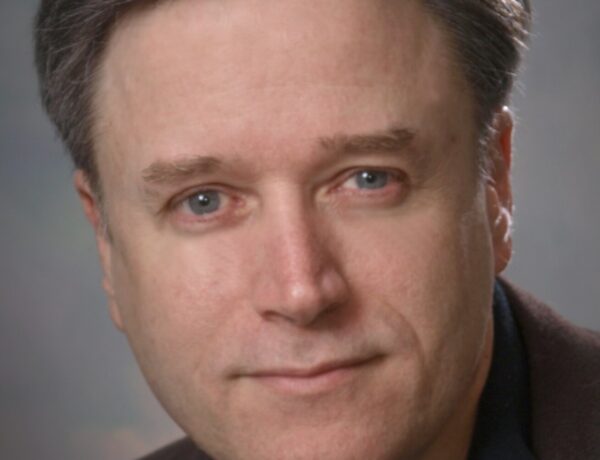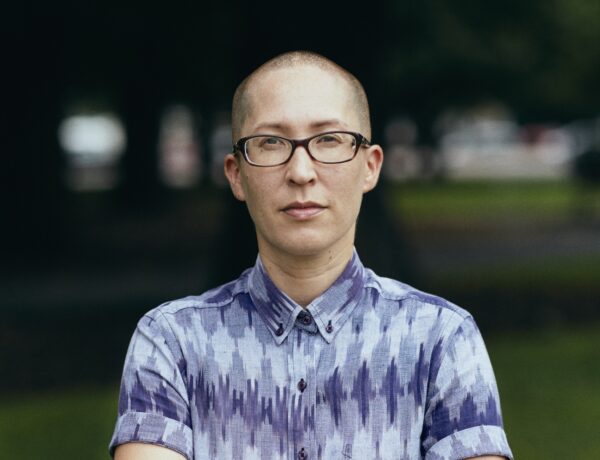Nile Cappello is a Los Angeles-based investigative writer and producer. As a journalist, she has published with outlets including The Atavist Magazine, Rolling Stone, and Vice. She is best known for her coverage of the death of Tamla Horsford and her August 2021 article, “Girl in the Picture.”
In September 2021, Cappello originated and executive produced The Way Down docuseries on HBO Max alongside Chrissy Teigen, Campfire Studios, and director Marina Zenovich. She is also the creator and executive producer of Death in the Dorms, a six-part episodic docuseries from ABC News Studios that premiered Hulu in January 2023.
She has also produced audio content for Vespucci and Solve. As a screenwriter, Cappello won the Silver Prize in Drama at the PAGE International Screenwriting Awards and placed in the quarterfinals of the Academy Nicholl Fellowship.
Looking for inspiration to help you achieve your writing goals? Subscribe to our newsletter for exclusive insights into the routines, habits, and techniques of some of the most celebrated authors in history.
Hi Nile! We’re delighted to have you as a guest on Famous Writing Routines. What inspired you to become an investigative writer and producer, and how did you get your start in the industry?
Thank you! I have been a writer — and naturally inquisitive — for as long as I can remember. I was ALWAYS asking questions growing up, challenging the people around me and voicing my opinions, and found writing to be a great way to share the things inside my head with others. I wrote fiction growing up, and started my own advice website in college where I served as editor-in-chief and oversaw a team of 12-15 writers from different universities around the country.
After graduation, I focused on food, drink, travel, and lifestyle content for websites including HuffPost, PopSugar, Travelzoo, and Bustle; meanwhile, I also built up a screenwriting career, where I mostly adapted true stories. I eventually felt like this is where I really wanted to focus my career, and began writing more investigative work for HuffPost, Rolling Stone, and Vice, and eventually The Atavist. This “story chaser” part of my job has since translated into a career producing documentaries and docuseries as well as writing investigative pieces.
Your coverage of the death of Tamla Horsford and your article “Girl in the Picture” have received widespread attention and praise. Can you share with us the story behind these pieces and what you hope to achieve with your journalism?
For me, journalism is only a worthy endeavor if there’s something to be gained by sharing the story — it can’t just be for entertainment, but there has to be a purpose or reason, something to be gained from the experience ideally for the people who’d endured the trauma firsthand. With the Tamla Horsford case, it felt like the kind of story that would benefit from public exposure and momentum, and could spark important conversations about the value of Black lives in predominantly white places.
I felt like it was the least I could do to use my platform and resources to bring more attention to her case and situation. For Girl in the Picture, it’s another story I felt people needed to hear. It not only exposes so many systemic failures, but is a way of honoring someone like Cathy Terkanian, who has overcome the unimaginable and fought injustice from the ground up.
As a screenwriter, you have won awards and recognition for your work. Can you share with us what your writing process is like, and what inspired you to pursue screenwriting as well as journalism?
I’ve always been drawn to writing fiction. My problem was attention span — I’m an idea person, and so I’d always get some ways into one story and come up with something else I wanted to write instead. One of these stories – a fictional tale of a female cult leader told from the perspective of her daughter being groomed to take over — had stuck with me over the years.
I was talking to my roommate about this at the time, and told her, “I just don’t think what I’m envisioning is a book. I think it’s a movie.” She encouraged me to write it as a movie, and so I did, writing the first draft in Microsoft Word. I submitted that script to the Academy Nicholl Fellowship, just to gauge how it would do, and I made the top 10%. That kind of unlocked the medium for me, and made me realize it was a way to tell the stories I loved in a way that made more sense for my writing style.
Do you struggle to stay focused while writing? You’re not alone! That’s why Famous Writing Routines recommends Freedom – the ultimate app and website blocker for Mac, Windows, Android, iOS, and Chrome. With over 2.5 million users, Freedom helps writers stay on task and avoid distractions. Get started for free today and reclaim your productivity!
You are the creator and executive producer of The Way Down docuseries on HBO Max and Death In The Dorms on Hulu. Can you tell us about the process of bringing these projects to life, and what unique challenges and opportunities you faced as an originator and executive producer?
Both The Way Down and Death in the Dorms were inspired by stories that I felt passionate about sharing with the public. For The Way Down, I was shocked to find so many victims screaming into the void about their experience with Remnant Fellowship, as well as to discover the church’s alleged role in the murder of Josef Smith. I felt compelled to try and give them a platform, and fortunate to have an ability to do so.
For Death in the Dorms, I was motivated by the case covered in the first episode, the murder of UCLA student Andy Delvesco. I graduated just two years before Andy, and lived in the apartment building across from the one she was ultimately brutally murdered in. I felt connected to Andy, and was horrified to see the media and fellow peers spread an incorrect narrative about the murder being targeted and related to drug dealing. I saw Death in the Dorms as an opportunity to set the record straight and clear Andy’s name, as well as offer through her stories and others ways for students and institutions to hopefully prevent similar deaths in the future.
Of course, being the person to create the show comes up with a lot of responsibility, especially because I am usually the one working directly with the sources. I always want to do right by the victims, so it can feel like a lot of pressure — but it’s pressure I’m happy to take on, and feel helps ensure I make ethical content.
What do you consider to be the most important elements of storytelling, and how do you approach developing a story or concept into a compelling narrative?
I’m big on characters, so usually my stories start with characters — who would the audience be sitting in this story with? Is that someone we are going to want to root for? What are their motivations? How do they move through the story? What nuances can we highlight in their motivations or character dynamics? I see characters as the guides for the readers, so they are most important to me. Stories need plot, structure, form, etc. But I don’t think any story can really be successful unless it puts the characters first.
Your work as a journalist and producer often involves delving into complex and sensitive subjects. How do you balance the demands of your work with your personal life, and what strategies do you use to maintain your wellbeing and creativity?
Balance is admittedly tough! I love what I do, and so I often struggle to maintain division between my work life and personal life. But it’s something that is super important for my own mental health and endurance, as well as for the story — boundaries can be necessary and, in the end, make my work better. One thing I do like about the way I work is that I am always juggling multiple stories at once, usually in different mediums moving on different timelines. This way, I never feel too entrenched in any single story, but can switch between characters and topics to get variety; if things are feeling too heavy in one story, I can take a breather and work on another.
Can you tell us about your writing routine and how you approach the creative process? What does a typical writing day look like for you?
If I am sitting down to get writing done, I am at one of two places: Either at a coffee shop, or at my dining table. Since the pandemic, it has almost exclusively been the latter. I always need to have at least one beverage, which is almost always an iced tea (occasionally in winter I will have hot tea, because I run cold). I will sometimes listen to music, but more often than not will write in silence and take breaks to hear voices, either in a podcast, TIkTok, or on TV. I’ve always found chatter more focusing than music, which I know a lot of people find odd. I also need to be comfortable when I write — don’t we all? I typically hit my stride twice in a day, once around 10:30 am, midmorning when I’m just getting in the groove of it, and again in the afternoon/evening, around 4pm.
If you could have a conversation with an author throughout history about their writing routine and creative process, who would that person be?
I’m obsessed with this child prodigy writer Barbara Newhall Follett, who wrote her first best seller at 12 and then disappeared when she was 25 never to be seen again. She wrote in many different places over the years (including a boat to the Caribbean), so I’d be curious what her routine looked like! Also, Donna Tartt, who wrote my all-time favorite book The Secret History.
I’d love to know about the books you’re reading at the moment. What have been some of your favorite reads?
At the moment, I’m reading The Library Book, a captivating nonfiction about the Los Angeles Public Library fire by Susan Orlean. My all-time favorites, besides The Secret History, include The Giver by Lois Lowry, Wide Sargasso Sea by Jean Rhys, and Middlesex by Jeffrey Eugenides.


Affiliate disclaimer: Some links on this website are affiliate links. We may earn a small commission if you make a purchase through these links, but only promote products we truly believe in. We disclose affiliate links and give honest reviews.



No Comments